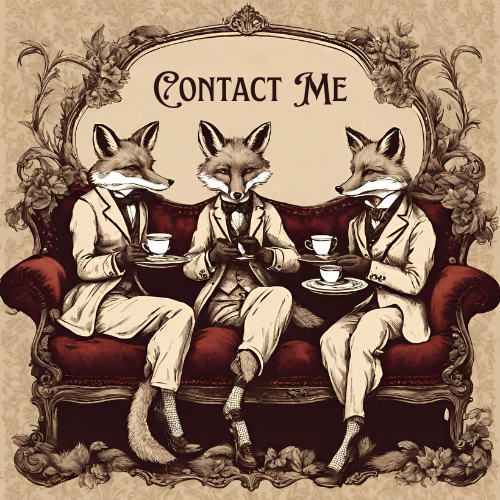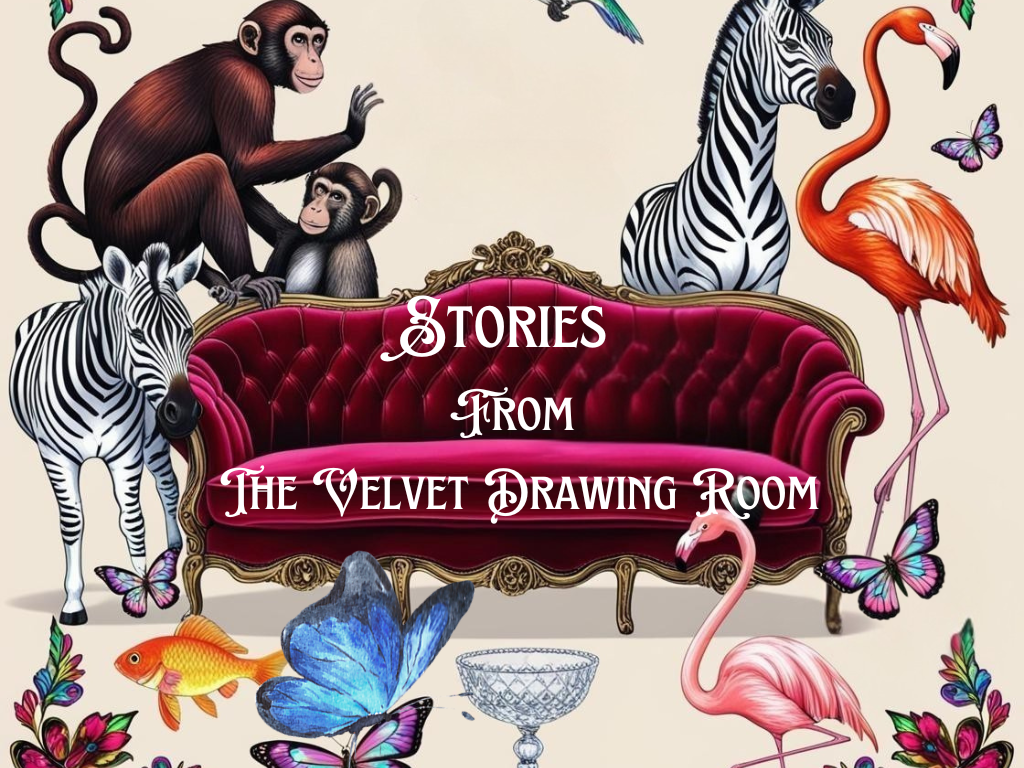Cabinets of Curiosities
CABINETS OF CURIOSITIES
Cabinets of Curiosities were the precursors of natural history museums and of the Victorian taxidermy movement
Cabinets of Curiosities
These cabinets were imaginary museums
From the 15th century onwards in Germany, France, Denmark, Sweden, Austria, Italy and England alike the well to do, the upper classes and the privileged created Cabinets of Curiosities, their own imaginary museums, that included artificialia and naturalia, collecting wonders of the world.
The 2nd and 3rd Circles
Within the second circle are all the precious and non-precious stones and minerals and metals, real and painted.
Outside this circle are the wines, oils and various liquor, with their properties, origin and qualities described; also vessels filled with different liquids, from 100-300 years old, which can cure almost all diseases.
Inside the third circle are illustrations of all the various types of herbs and trees in the world, with their properties described together with their similarities with the celestial bodies, metals and the human body, as well as their medicinal use.
On the outside of this circle are the depictions of all kind of fish, rivers, lakes and seas, combined with their characteristics and mode of existence.
The 4th, 5th & 6th Circles
Inside the fourth circle are illustrations of all the various types of birds with their distinctive traits, sizes and habits and amongst them the phoenix is very much true to life”.
Campanella’s account continues referring to examples of all living species until it reaches the sixth and final circle, where are to be found “all the mechanical arts, together with a catalogue of the various equipment and the different manners in which each is used around the world”.
Awakening curiosity and challenging pre-conceived ideas
The kind of imagination which, in 1602, inspired Campanella’s prose, is the same impetus that generated the culture of the cabinet of curiosities, a phenomenon that spread throughout Italy at this time as well as though the rest of Europe, and where, at the Uffizi Gallery, was created a Cabinet of Curiosities and a place of wonders. The original layout of this gallery contained masterpieces by Caravaggio including The Head of Medusa in rotella form, and it is still there today.
Madness and obsession drove collection of objects
There was a madness of obsession of collecting, particularly by Europe’s rulers, and the early European museums were shaped by a compulsion for voracious and encylopaedic knowledge.
This all-encompassing and omnivorous model of the “universal museum” found its highest expression in the cabinet of curiosities collections of the European royal families. At the cabinet of curiosities of Ambras Castle near Innsbruck the collection was every bit as chilling as it was fascinating.
Visitors were greeted by Paul Reichel’s masterpiece “Death”, and once inside the castle the collection was organised into categories – naturalia, artificialia, and mirabilia. The objective was to awaken curiosity and challenge pre conceived ideas. There were images of dwarfs, giants, monsters, human beings entirely covered in hair alongside crocodiles climbing walls and rulers and military leaders.
Explorers and Collectors brought back species from every corner of the world
These Wunderkammer and “Cabinets of Curiosities” in the 17th and 18th centuries laid the foundations of the natural history museums as we know them today.
Items in these cabinets of gentlemen collectors and the rich gentry included taxidermied creatures and souvenirs of expeditions which were brought back by explorers from exotic places as a way to study zoology and natural history and of course, to massage the ego.
CABINETS OF CURIOSITIES WERE MUSEUMS
- AT HOME
The Museum at Home
In the 18th and 19th centuries, gentlemen gained a higher social status in the world of elites by becoming a naturalist collector of specimens and curious objects. Many of the items in these early collections were new discoveries, rarities, and oddities, often displayed in so-called “Cabinets of Curiosities,” or Wunderkammer, Cabinets of Wonder, or Wonder-Rooms. Today’s glass display cases called “curio cabinets” got both their form and their name from the historic Cabinets of Curiosity.
Cabinets of curiosities were limited to those who could afford to create and maintain them. Wunderkammer first began to appear in the homes of royalty and the aristocrats in late 16th century England and Europe, where the “wonders or miracles of the world” were on display.
Cabinets exploded in popularity during the Victorian era and were a source of both learning and entertainment. The Victorians were storytellers of the natural environment and designed and displayed their Cabinets as physical representations of knowledge as well as theatre and works of art. Victorian wonders like the diorama (a miniature or life-size scene in which figures, taxidermy, and other objects are arranged in a naturalistic setting) allowed people to experience objects and specimens in situ. They were, in many respects, a fashionable prelude to the modern museums we know today; however, very few who were outside of the like-minded or “respectable” public had the ability to view these never-before-seen objects and oddities, which were mostly on display in private homes, clubs, and collections. The general public was rarely afforded the same opportunity.
As many of the early cabinet collectors—naturalists and explorers, architects and apothecaries—passed away, their collections were either donated to educational institutions, newly-formed museums of the natural histories and libraries, or they were sold to a new breed of businessman looking to start a commercial enterprise by charging admission so that others, too, could finally see these wonders of the world.
This paragraph The Museum at Home – content credit: The Journal of Antiques
Further reading on Cabinets of Curiosities: Patrick Mauries
Discover more from thevelvetdrawingroom.co.uk
Subscribe to get the latest posts sent to your email.




























